Earlier this year new media artist Liliana Farber exhibited Proximal, Distal, Adrift at 1708 Gallery in Richmond, Virginia (February 28 – April 18, 2020). At the time, I was living about an hour outside of Richmond and was excited at the idea of seeing the exhibit in person. Unfortch, by the time I learned of her and her work the exhibit was over. And even if I’d learned of the exhibit earlier, I wouldn’t have been able to see it in person anyway because Covid/quarantine *upside down smiley face*!!!
The exhibit combined multiple works: a digital print series, Terram in Aspectu; a mobile app, Blue Vessel; and a performance piece, Adrift. I was/am especially drawn to Terram in Aspectu.
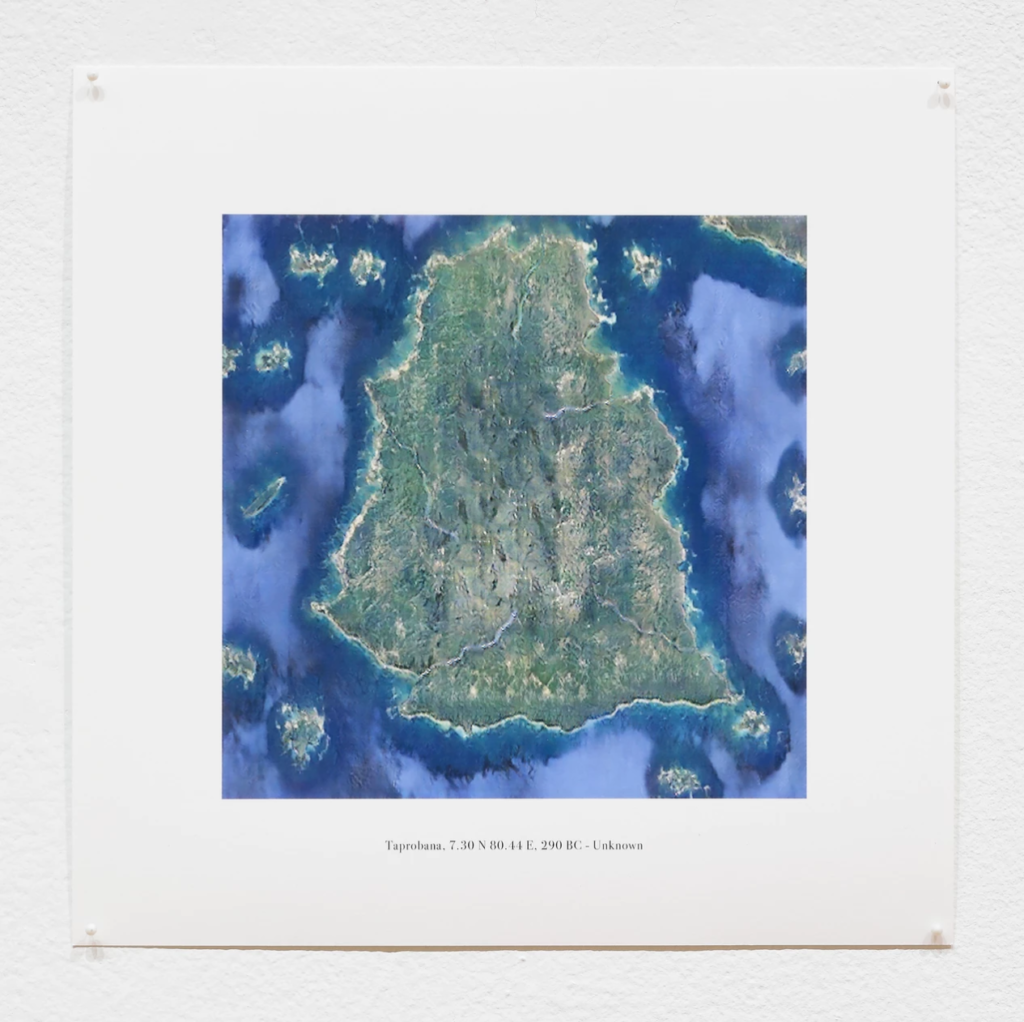
From Farber’s website:
Terram in Aspectu is a series of satellite photography (generated by a machine learning algorithm trained on Google Earth) of non-existent islands that appeared in historical maps but were proven not to exist.
So dope!
(Farber’s Terram in Aspectu reminds me a bit in spirit of Anna Von Mertens’s As The Stars Go By. Von Mertens used star calculation software to capture the constellations during violent moments in history, and hand stitched the star patterns onto quilts. Von Mertens’s work is included in YWFMS, the digital/visual companion I made to accompany Sarah Sentilles’s book Draw Your Weapons.)
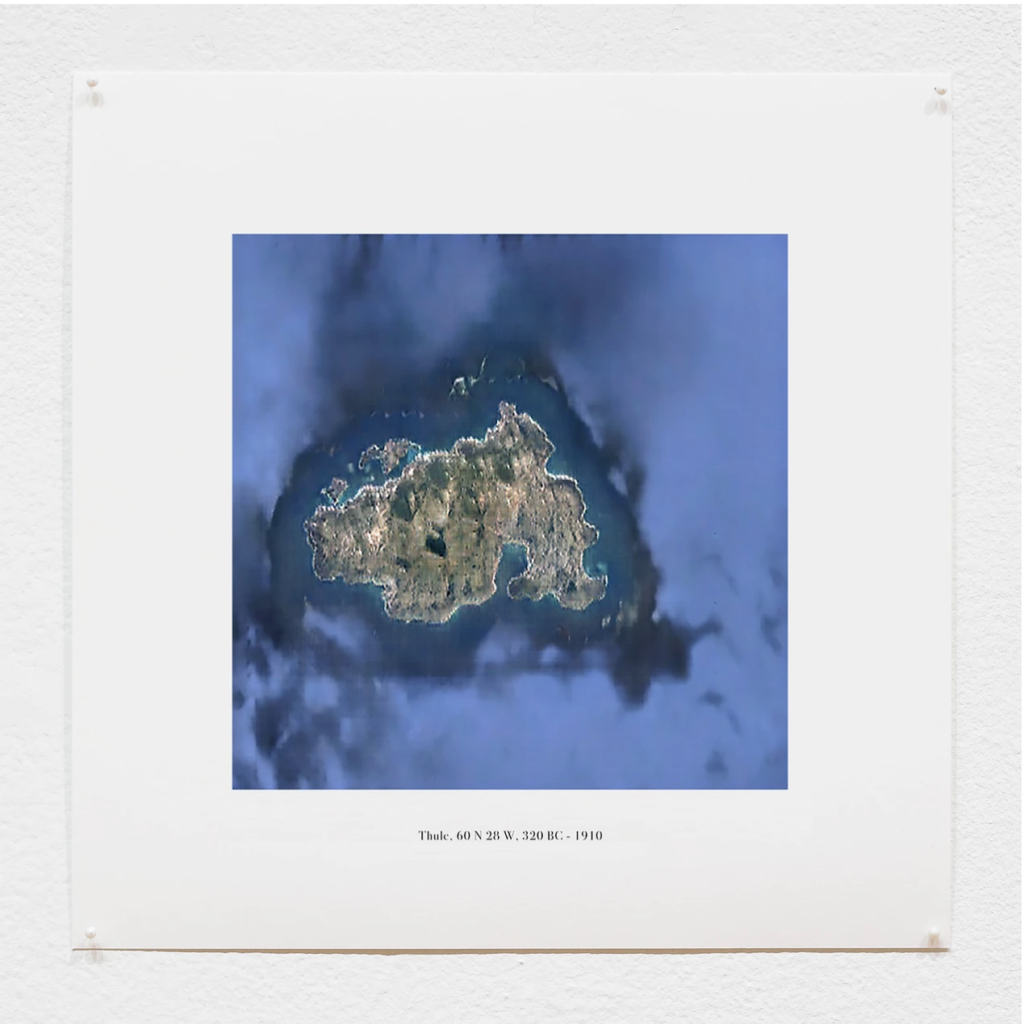
Terram is from the Latin terra meaning ground, dry land, earth. Aspectu is from the Latin aspectus meaning the act of seeing or looking.
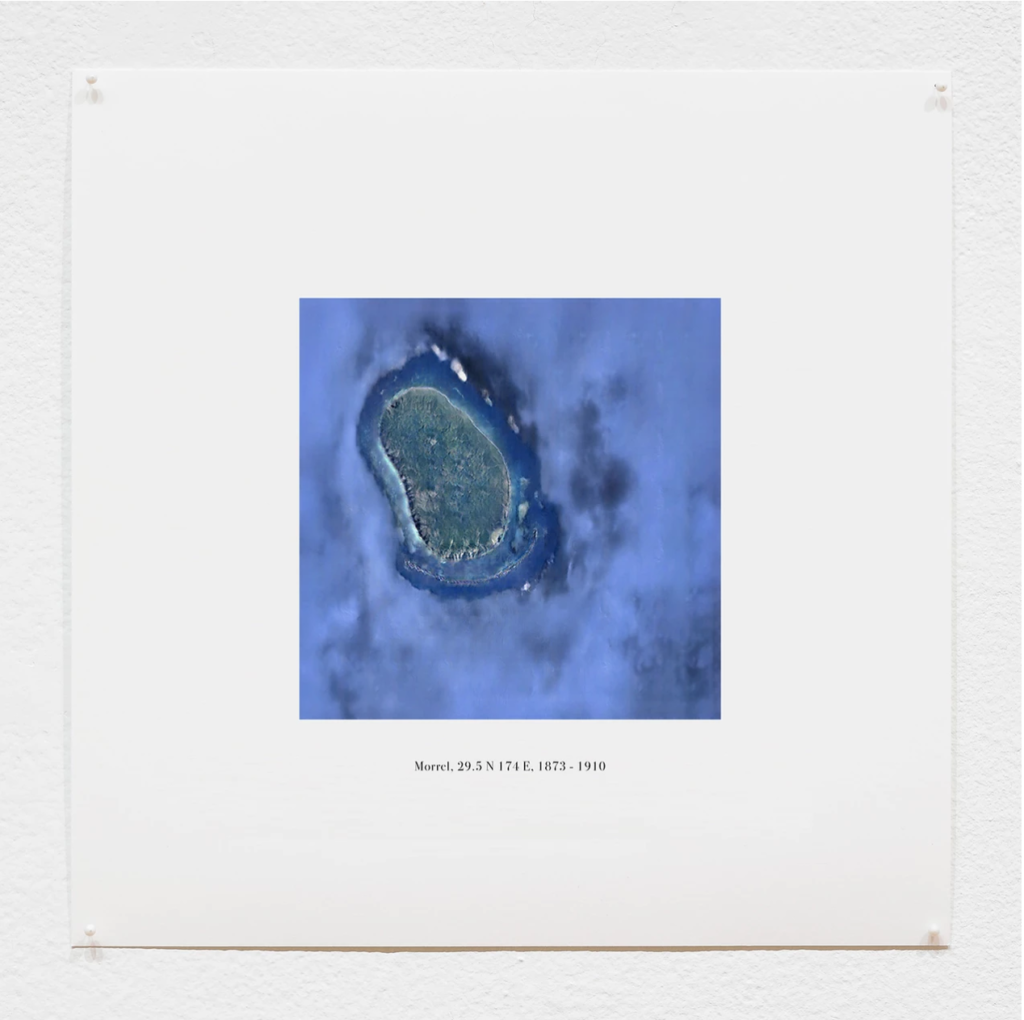
I missed the exhibit in person, but the gallery posted a 10-minute video walk-through of it, and I was able to snag a copy of The Island, the publication Farber created to accompany Terram in Aspectu, so net pos, you know?
The text of The Island is taken from lines from historical “nautical log books and travelogues that report either the discovery of non-existing islands, or those proving such islands to be non-existent.” A few photos of a few pages from my copy:

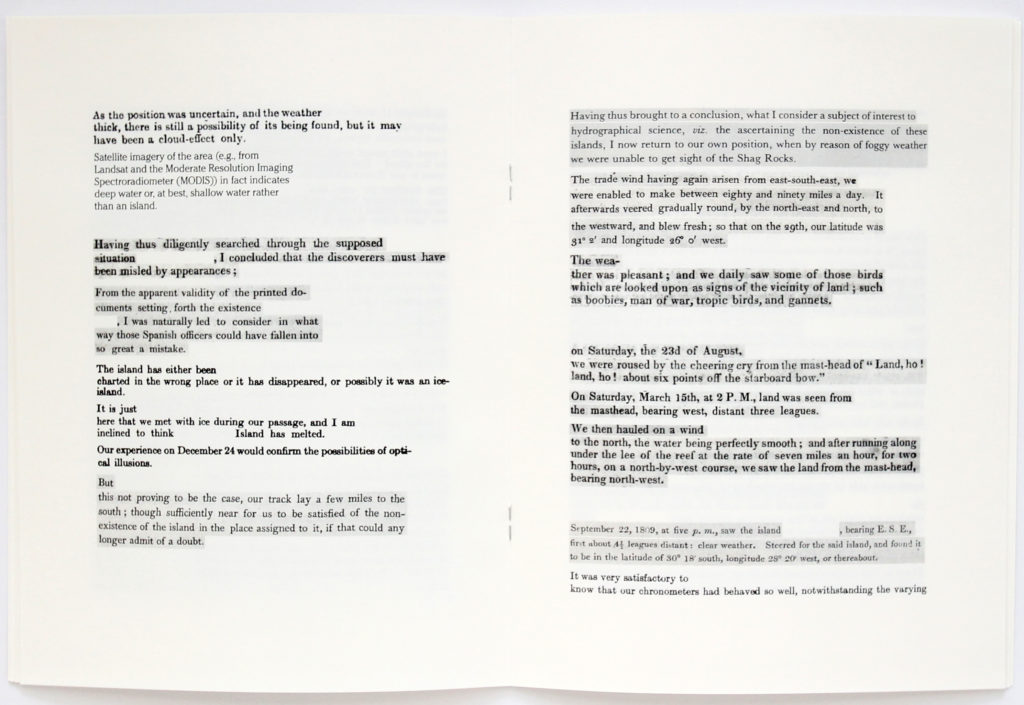
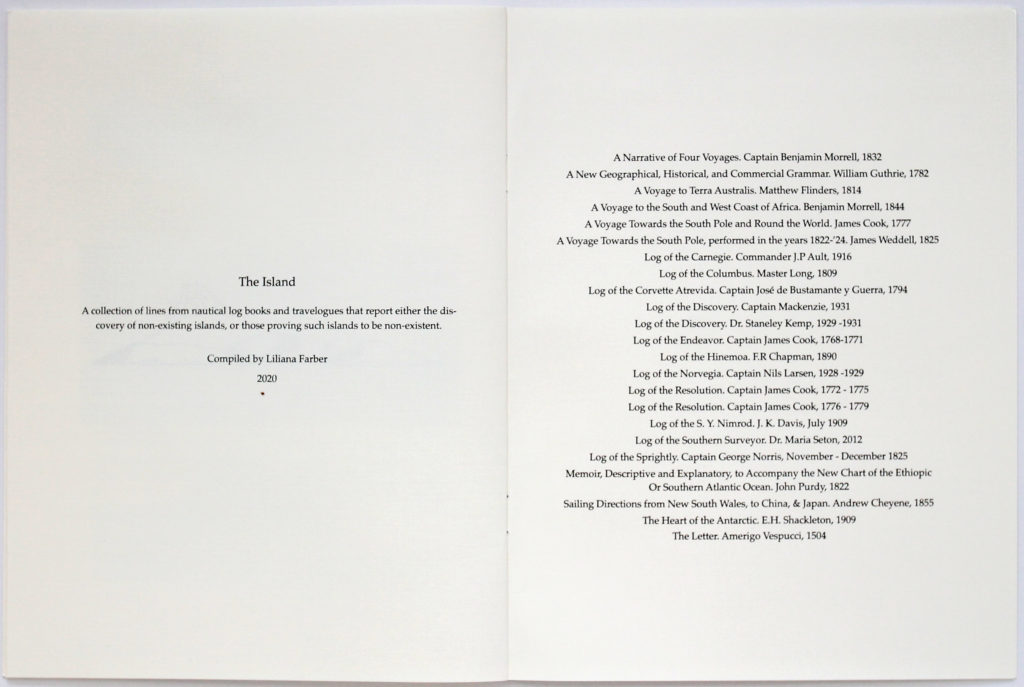
h/t Socks Studio. (I came across Farber and her work while rabbit-holing Mark Lombardi’s narrative structures. At some point I ended up pages deep into Google search results and on Socks Studio’s website.)